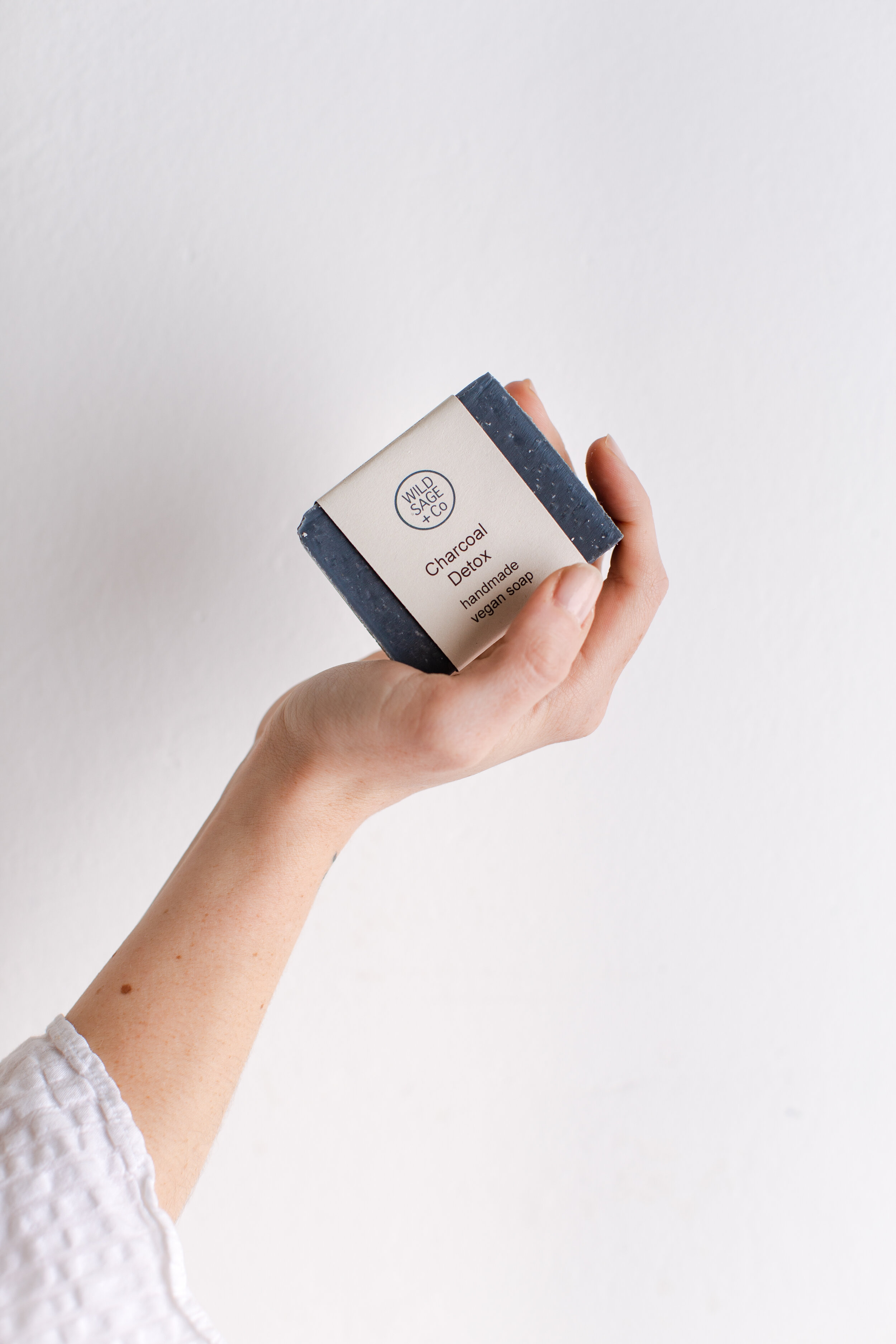7 Budget Essentials for Product Photography Equipment
For transparency, this article contains some affiliate links. If you purchase using my link I will receive a small commission at no cost to you.
While product photography is an expensive business to be in, you don’t need to shell a ton of cash on photography equipment to get going. When I started my product photography business, I was on a very limited budget and didn't have the best camera or the latest equipment to market.
I want to share a few product photography equipment recommendations to help get you started on your product photography journey with minimal initial expenditure.
Nifty Fifty Lens
For a long time, I just couldn’t create product photos that I was pleased with. I didn’t realise that camera lenses could impact the results of my images (I know, we all start somewhere, right!)
There's so many different types of camera lenses out there, but if you could only invest in one thing from this photography equipment list, I would strongly recommend the ‘nifty fifty’ - the 50mm f/1.8.
It offers a shallow depth of field, meaning you can stop down to get that lovely bokeh, or the ‘blurred background’ look. It’s small, light-weight and is a great all-rounder, suitable for travel, food and product photography as well as other areas like landscape or documentary.
Yongnuo Speedlight and Trigger
You may not love to hear it, but if you’re new to product photography and haven’t learnt to use flash, I think you should. It gives you complete control over the lighting; you don’t have to wait for a ‘sunny day’ or pack away because it gets too dark and you need more light. You can create a variety of looks with flash, recreating direct sunlight or a soft, diffused look that mimics natural lighting. Learning to shoot flash can be pain-free and done on a budget, I promise! If I learnt it, you can too. Here's a few tricks to get started:
Joanie Simon of The Bite Shot taught me everything I know about light and has an incredible, clear and supportive flash training called Artificial Academy.
If you are starting with flash on a budget, get a speedlight. They are inexpensive and small which makes them very portable, ideal for shooting on location like a restaurant or hire location.
I bought a super cheap Yongnuo speedlight and corresponding trigger (specific to your brand of camera.) They are battery operated, so stock up on some rechargeable batteries. There's a few other bits of kit needed like a light stand, bowens mount and a modifier, but this is all explained in Joanie's course.
Tether Cable
What really upped my professional product photography game was shooting tethered. You can purchase a tether tools cable that links from your camera to your computer, saving product shots straight to your hard drive as well feeding them directly into editing software like Capture One or Lightroom.
Shooting tethered gives you the option to control the camera settings from the computer and you can also take a shot using a keyboard shortcut.
When you’re looking at images on the back of a tiny camera LCD it can be hard to see what’s in focus, clearly see the composition or to assess details on the light etc. Seeing your product shots on a larger screen will really improve your attention to detail when styling and composing.
C-Stand
Are you sick of leaning over the floor, or standing on a chair to capture your images? Introducing, the c-stand! Gone are the days of bad backs or tripods that topple forwards onto the floor. This is an inexpensive piece of kit that you can leave set up in the photo studio or corner of your house. It has an adjustable central column so you can move it higher or lower. Its extending arm can also be adjusted. Rig your camera to it for hassle-free flat lay shots. You’ll just need an adaptor to rig your camera to the pole and you’re good to go.
It will be useful to tether and use the 'live view' function so that you can see what your camera is seeing in real time on the computer without needing to stand on a chair to look at the LCD.
White Bounce Card / Foam Board
You can purchase foam board from a local craft store or if you’re in a rush, Amazon. Set them up using clamps opposite your key light (your main light source, whether it’s natural lighting like a window or studio strobes) to lift shadows and create more fill light.
If you want to deepen the shadows, use black foam board for negative fill. I have a post about creating dark and moody food photography that shows you exactly how to do this.
Club Backdrops / Craft paper from HobbyCraft
If you are looking for a variety of backdrops to create more compelling product photos, I’d recommend Club Backdrops. They are easy to roll up and store, easy to wipe down if you make a mess on them and are relatively inexpensive.
I've created many product images using plain coloured card. It's an even more budget-friendly option and can be found somewhere like Hobby Craft.
Blue tac
Sounds obvious, but there’s not one product photography shoot I do without using blue tac. It’s crucial for sticking up backdrops to the wall or for wedging underneath products to stop them rolling around. (Just make sure to get rid of any visible blue tac in post production!)
If you're looking for more product photography tips, check out my blog for posts on photo editing, light modifiers, Adobe Lightroom workflow and more.
Helena is a professional photographer based in Bristol, specialising in product and food photography. She works with ethical and sustainable brands, creating joyful, story-telling product photos.









